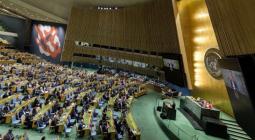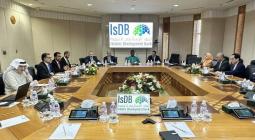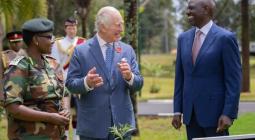Financing SDGs: deficit has risen from $2500b to $4200b per year, according to the UN

The United Nations has just published its Report on Financing Sustainable Development-2024. 4,200 billion dollars are needed to save the concept of the Sustainable Development Goals (SDGs) between now and 2030.
The year 2030 is not far off. Virtually no progress has been made in implementing the 17 Sustainable Development Goals (SDGs). In 2023, the United Nations (UN) announced that only 15% of the SDGs would be achieved. Indeed, although initiatives on economic responsibility, social solidarity and environmental efficiency (pillars of sustainable development) are multiplying in some countries, the result on a global scale is still not significant enough.
And this slowdown is the consequence of the financing gap for the SDGs, which has risen from 2,500 billion dollars in the post-Covid-19 period to 4,200 billion dollars in 2024, according to a recent UN assessment. For its Deputy Secretary-General Amina Mohammed, "growing geopolitical tensions, wars, climate disasters and the global cost of living crisis" alone should be enough to raise collective awareness of the urgent need to mobilise more funds.
But this is not always the case, because of a "lack of will and priority commitments, not a lack of money", according to Li Junhua. The man who heads up Economic and Social Affairs for the entire UN system is referring to “the billions of dollars that are lost every year through tax evasion and fraud, and the trillions of dollars in fossil fuel subsidies”.
The precarious financing of the food security and climate SDGs
But we need to look at a few figures to get a better grasp of the financing gap for the MDGs, as indicated in the Report on Financing for Sustainable Development 2024, published recently by the UN. For SDG13 on combating climate change, for example, only 89,6 billion dollars (OECD figures) have so far been raised in 2021 from the States that pledged to mobilise 100 billion dollars “per year” at COP15, which Denmark hosted in 2009.
Then there is food security (SDG2). In this area, the non-governmental organisation (NGO) estimates that the 17 countries exposed to “critical” levels of hunger have only obtained 35% of the funding needed to ensure their economic resilience. These countries include Afghanistan, which has experienced its worst flooding and political instability in recent years, and the Central African Republic (CAR), where the increase in the price of certain basic products (vegetable oil) is approaching 70%, according to the World Food Programme (WFP). So now is the time for practical solutions.





